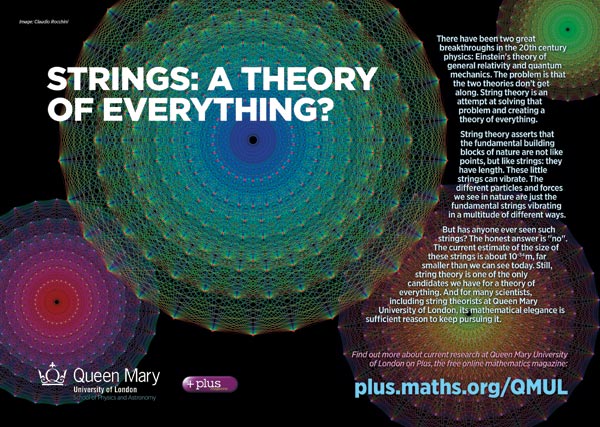And to think that because of pollutants like oil being spouted off into the sea like the shouts of a man at the top of a canyon, echoing into the skins and cells of fish. And we the consumers eat that flesh with whimsical desires, eating without knowing that perhaps this white sea bass is full of mercury, like the planet, deadly and toxic. And what does mercury do to me eventually? It destroys my brain, counteracting the Omega oils that help that brain develop. That is a scary thought, that toxins we expound onto the world with gleeful carelessness are slowly deteriorating, rotting, melting that which every human cherishes the most, the system that gives our contemplative demeanor, our compassionate responses, our ability to communicate beyond a private language. Our mental impressions, the effect force of the will of the brain, are the monads that Leibniz claims strings us together in the Eternal Grace of God. As an agnostic, I generally take a different route -- I choose to describe this phenomena of collective unity or consciousness in terms of String Theory, where we are the musical impressions of one dimensional strings that continue to create wavelengths that are our existence, our reality. But I digress... The idea that there are so many man-made pollutants scares me. I mean, think about what Robertson calls Endocrine Disruptors, which disrupt our normal hormonal functions, generally acting not unlike estrogen -- a chemical that encourages more feminine development -- "Phthalates are carcinogens and endocrine disruptors, widely used as plastic softeners in toys and food packaging and as a fragrance-enhancersin cosmetics. BPA is another mutagen and endocrine disruptor used in manufacturing poly-carbonate plastics for products including water bottles, food can linings, and tooth sealants;" (Roberston, 2014). One question worth contemplating is whether the long term effects of using these chemicals are encouraging us to loosen restrictions on sexuality? It has been proposed that that Catholic Laws condemning sodomy when Gratian codified his Decretum were the product of the catholic church attempts o create societal order. In which case, anyone caught performing acts other than missionary were made to do penance, and those which were caught perform rectal sexual acts were also punished in the same way. Over time, although the allure of homosexuality did not stop, these laws became socially accepted by Medieval and Early Modern Europe -- despite their conception of sexuality being a lot more open than it is today. With the increased exposure to chemicals acting similar to estrogen make more effeminate men? Making everyone more emotional individuals? Is this why we are seeing changes in law in favor of the LGBT community? This is both a crazy thought but also an appealing thought, a silver lining as it were, despite the chemicals' negative effects. That being said, her chapter on pollution is illuminating. My favorite quote was this one: "Pollution does not have to be inevitable. It is in fact a symptom of poor design, a sign of inefficiency."(Robertson. 2014). Although I cringe at utilitarianism, I can comfortably that that this quote gives someone the hope that things can change and any lasting change, in my opinion, begins with a sign, a ray, a touch of hope.

https://plus.maths.org/content/researching-unknown-string-theory
http://www.123rf.com/photo_46226801_stock-vector-poster-with-lgbt-support-phrase-rainbow-flag-as-a-background-and-black-text-love-is-a-human-right.html
No comments:
Post a Comment